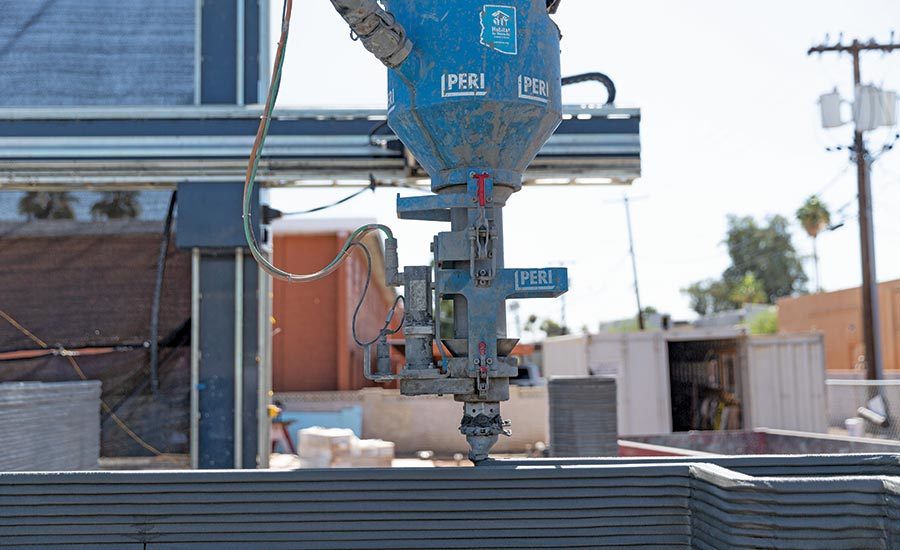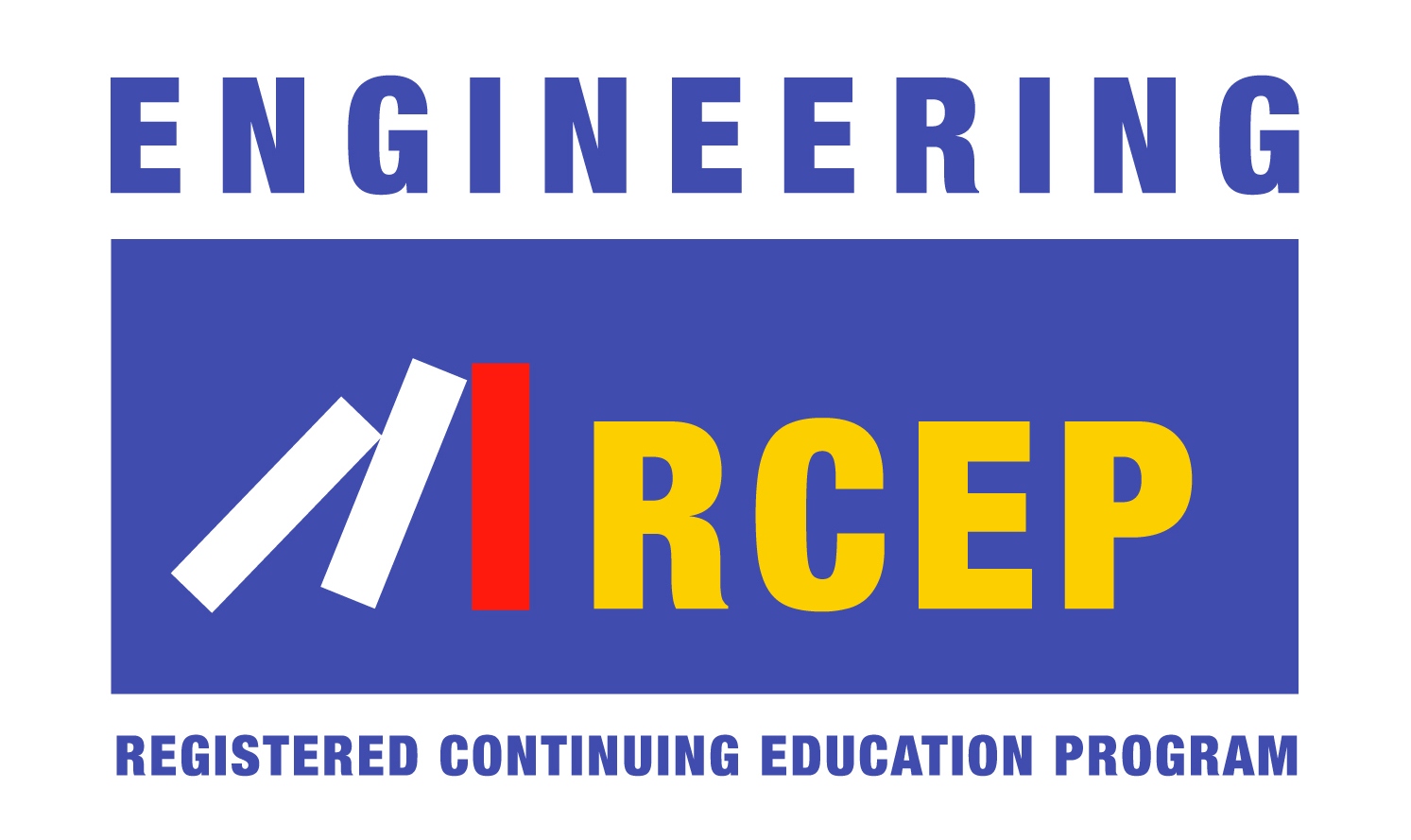3D Printing for Construction
Learning Objectives:
- Explain how 3D printing on Mars relates to 3D printing on Earth.
- List some of the ways the construction industry is using data to push the trend of 3D printing forward.
- Discuss some of the legal and labor conflicts around the rise of 3D construction.
- Describe the pitfalls and rewards of the U.S. Army Corps of Engineers’ 3D demonstration project.
Credits:
As an IACET Accredited Provider, BNP Media offers IACET CEUs for its learning events that comply with the ANSI/IACET Continuing Education and Training Standard.
This course may qualify for continuing education through the FBPE.
This course may qualify for continuing education through the NYSED. For further information, please visit the NYSED website at http://www.op.nysed.gov/prof/pels/peceques.htm.
Below are a set of links to articles. Click on each link below to read the articles and then complete the quiz to earn your credit and certificate of completion.
3D printing in construction has met its fair share of challenges, but in recent years the approach has led to efficient production of everything from concrete walls to metal structural parts. The method is helping to fabricate more affordably what would otherwise be expensive parts, opening up a world of new possibilities. This course looks at the recent innovations in 3D printing for construction, how the technology is evolving to meet current challenges and how these changes are impacting architectural design.
3D Printing Buildings on Mars Has Lessons for Back on Earth
NASA’s 3D-Printed Mars Habitat Design Challenge focuses on the task of building structures on Mars to eventually house human explorers. While the NASA challenge looks for tomorrow’s 3D-printing solutions, some engineers say the technology can be employed today for commercial construction. This article explores the ways in what is happening for the Mars habitat design research applies to engineers on Earth.
Jeff Rubenstone
ENR FutureTech Digs Deep Into Construction Data in Action
This article looks at a recent ENR annual FutureTech Conference focused on the commercialization of 3D printing for construction and the ways in which contractors, designers and owners use their data to move the trend forward. It provides insight into what cutting-edge 3D projects are in the works.
Jeff Yoders, Jeff Rubenstone, Jonathan Keller, and Aileen Cho
Legal Implications of 3D Printing in Construction Loom
The rise of 3D printers will translate into fewer workers on construction sites, as printers will be automated and largely autonomous. Projects will be completed faster because 3D printers are capable of working at all hours and will not require overtime. This article explores some of the most cutting-edge 3D technologies currently being tested and discusses the legal and worksite implications.
Aldo E. Ibarra
Army Researchers Refine 3D-Printed Concrete Barracks
U.S. Army Corps of Engineers' researchers, leading a team that recently completed the 3D printing of 9.5-ft-tall, reinforced concrete walls for a 32-ft x 16-ft barracks, are setting their sights on a future project─3D printing of concrete roof beams. This article describes the development of a technology capable of 3D printing custom-designed expeditionary structures on demand, in the field, using concrete sourced from local materials.
Nadine M. Post
House Made of 3D-Printed Concrete Goes Up in Arizona
A Habitat for Humanity house was built with the help of a 3D concrete printer. This article discusses the project, as well as the implications for Habitat for Humanity, if 3D printing becomes a popular way to manufacture houses for the organization.
Jeff Rubenstone

Photo courtesy of PERI








